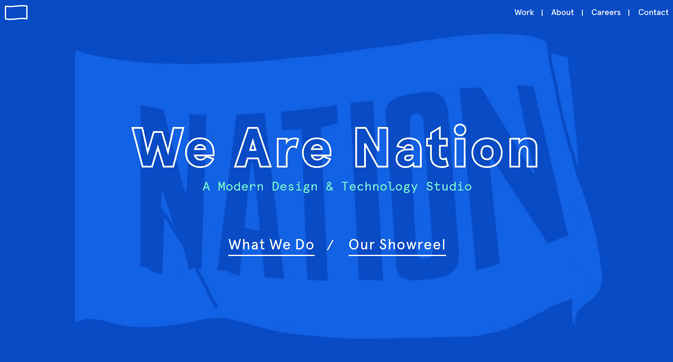
Who?
I'm Christopher Bews, a front-end developer with 12 years experience.
My Main Tools
JavaScript
I do what the project calls for. I prefer pure JavaScript for small projects. I am experienced with React, MobX, Redux, Node, ES2015, Babel, Webpack, Rollup, ESLint, React Native, and more.
CSS
I prefer to code in pure CSS where it makes sense, but build bigger sites with Stylus or SASS. I like to keep things minimal, fast, and readable. I have lived through the IE6 days and survived to tell the tale.
HTML 5
I code semantically correct HTML, and build accessbile sites as required. I am excited by WebGL, the 2D canvas API, the Audio API, anything that can bring new experiences to the user.
Tooling
I use Yarn for dependency management, Webpack for code compilation, VSCode to edit code, Git for version control, and test in every relevant browser and device. I create my own code libraries in my own time.
Blog
A Simple Single Page Application
- Date posted
- 2nd May 2016
When starting to build the 2016 version of Nation’s website, we decided to create an SPA, primarily to achieve the transitions between pages. Given the simple nature of the site - a page change sees the entire page change, not just part of it - I decided to build the most simple SPA structure I could think of.
The site HTML is built like any other site - separate pages with a shared header and footer. The only exception to this is the links between site sections, which are all marked with the data attribute “data-view”, which each contain a path like “/work” or “/contact”. This is the path that is used by JS to figure out which page to load. I could have used the href of anchors, but I preferred to leave them as ‘real’ links to their destinations, as at the time the real link could have been different from the application path. Keeping them separate also meant that if the JS doesn’t load for some reason, the links, and therefore the site, will continue to work regardless. So a link looks like this:
<a href="static/work" data-view="/work">Work</a>There is a listener in JS checking for clicks in the DOM, and if the target has a data-view attribute, the click will be hijacked, and JS takes over the loading of the page. The code for that looks roughly like this:









